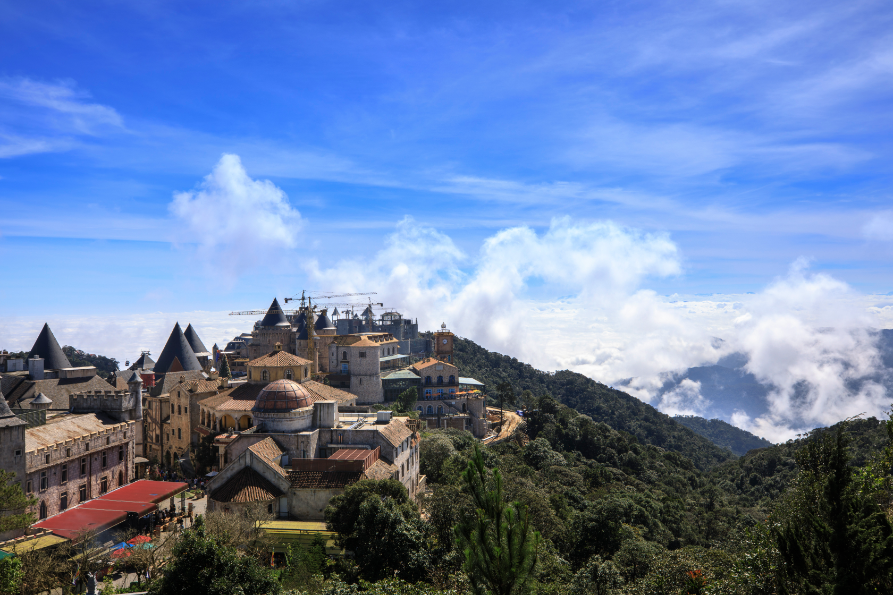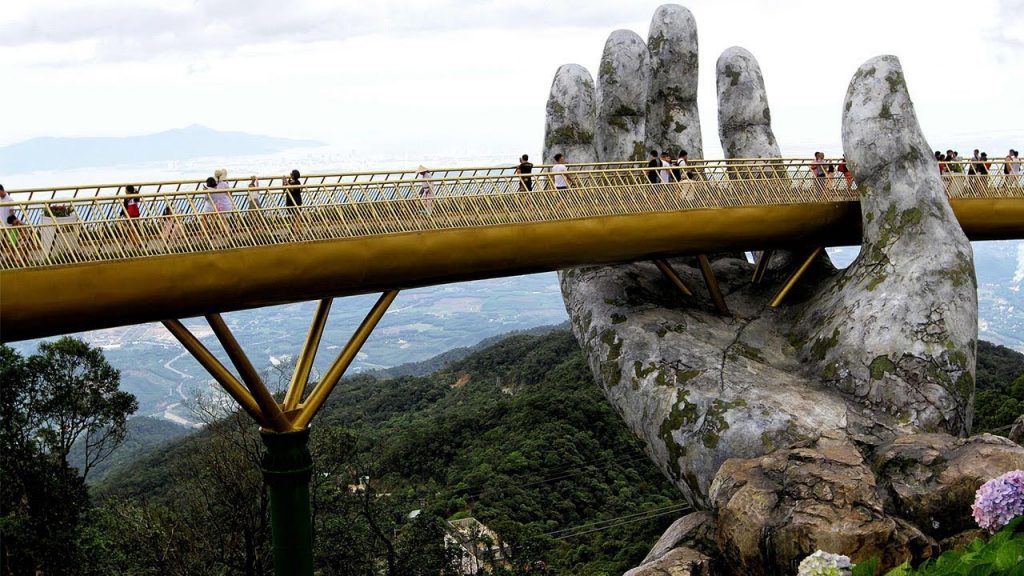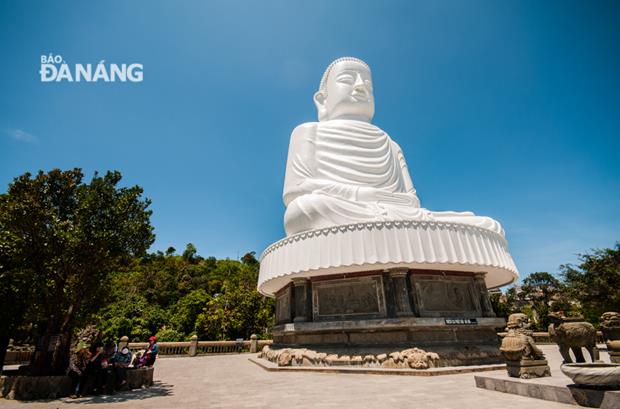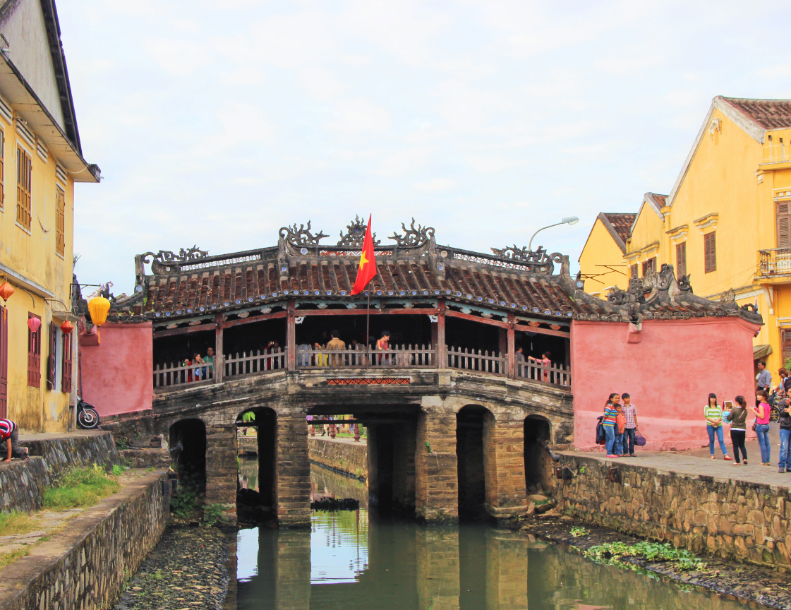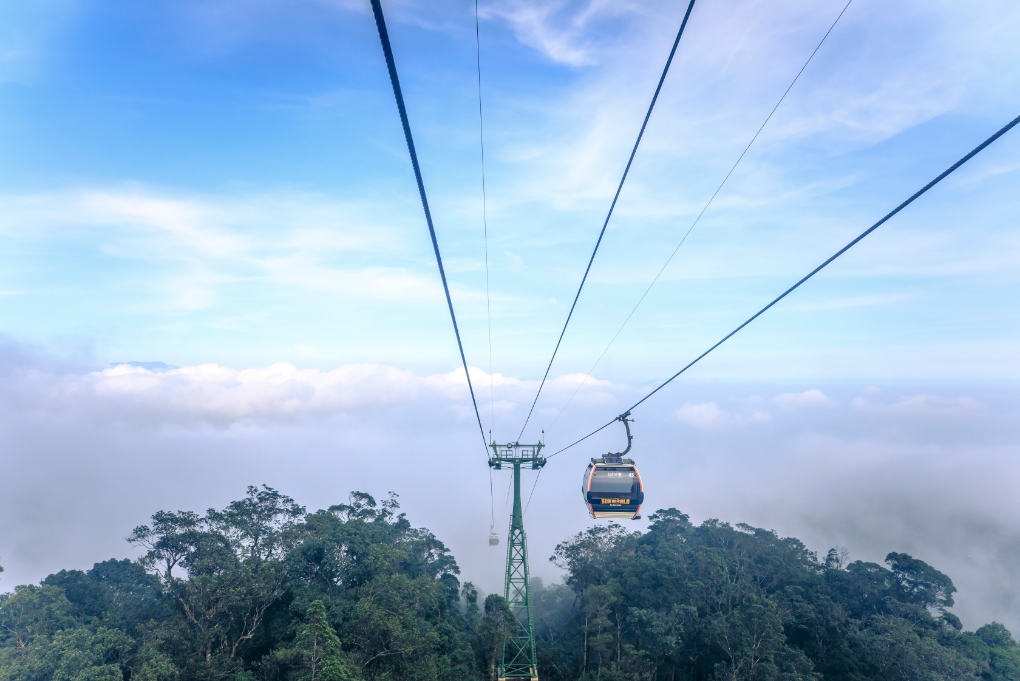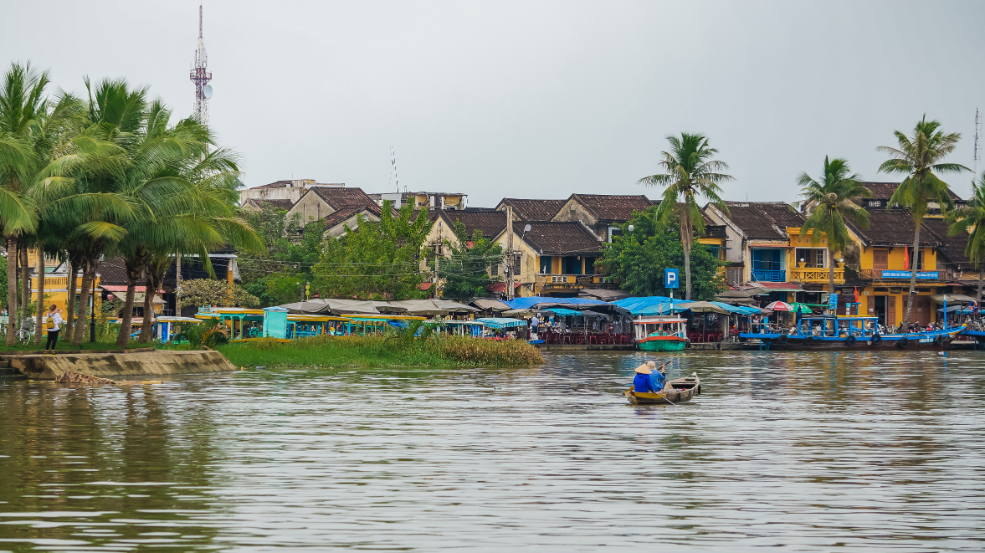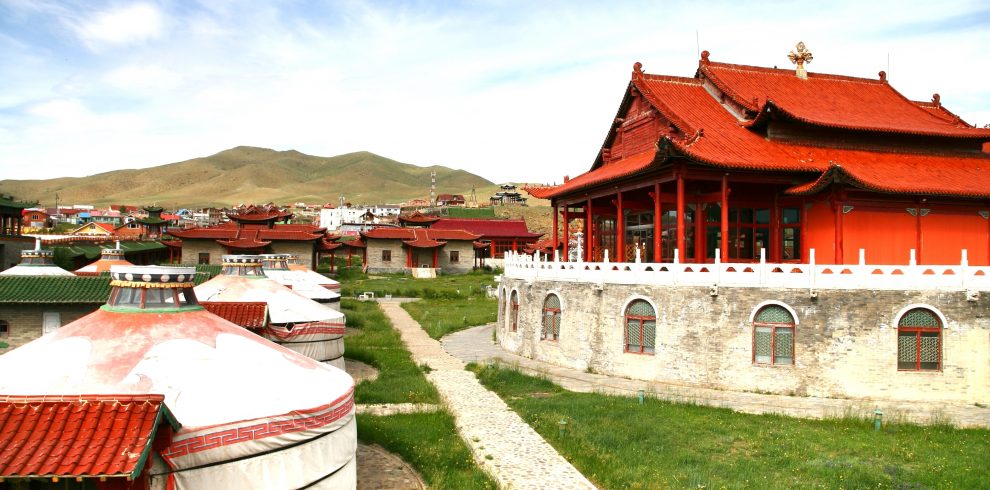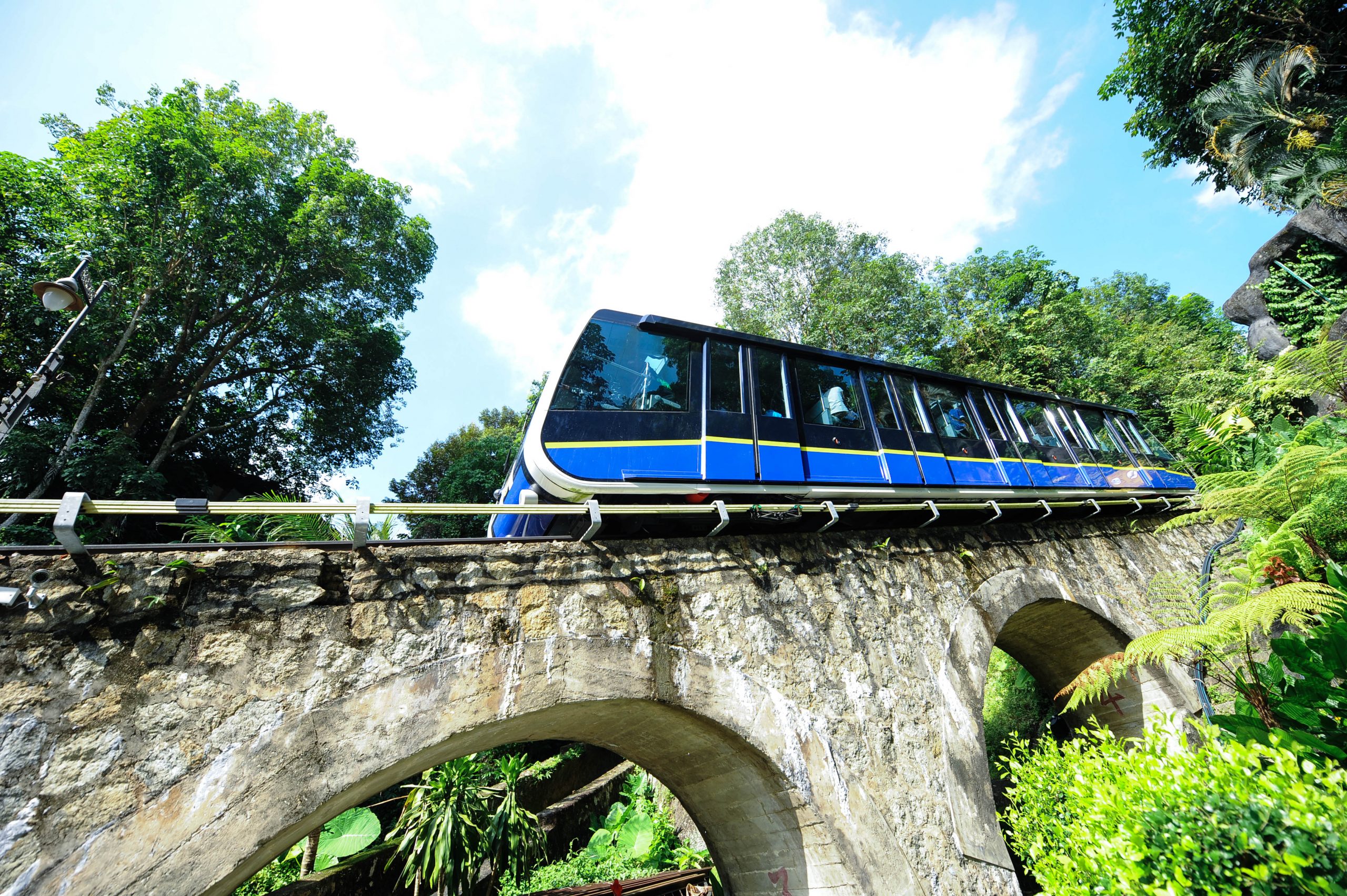3D2N DANANG – HOI AN – BANA HILLS (No Shopping)
3天2晚 岘港 – 会安 – 巴拿山(无购物店)
2 to go 两人成行
Tour Highlights 行程亮点:
Meals Special Arrangements 餐饮特别安排:
- Lobster Meals ( 1 Pax ½ Lobster ) 龙虾餐(1人半只龙虾)
- Seafood Steamboat 海鲜火锅
- Bana Buffet Lunch 巴拿自助餐
- Chinese Meal With Roated Duck & Suckling Pigs 烧鸭与烤猪中餐
- Higtea With French Bread & Coffee 法国面包与咖啡下午茶
- Cooking Class (Vietnam Spring Rolls) – For GIT Group ( 15+1 up) 烹饪课(越南春卷)- 仅限团体旅游(15+1人)
- Hoian Local Food ( Cao Lau – Japanese Noodles ) 会安当地美食(高楼面-日本面)
OPTIONAL TOURS 自费行程:
- Vietnam Traditional Massage including tip 90 minutes 25 usd/pax
越南传统按摩(含小费)每人25美金 - Han River Night Cruise for sightseeing including 1 pax 1 drink 15 usd/pax
寒江游船夜游(含一杯饮料)每人15美金
*Tours request without options will be surcharged 10 usd/pax for the whole itinerary
若要求全程没有自费行程之安排,每人需支付10美金附加费。
Da Nang fifth largest city in Vietnam in terms of population. On the coast of the East Sea at the mouth of the Han River, it is one of Vietnam’s most important port cities. Da Nang is the commercial and educational center of Central Vietnam, as well as being the largest city in the region. Da Nang is designated as a first class city in Vietnam. (1)
Bà Nà Hill Station (or Bà Nà Hills) is a hill station and resort which located in Trường Sơn Mountains west of the city of Da Nang, in central Vietnam. The station, advertised as “the Da Lat of Danang province” by local tourism authorities, was founded in 1919 by French colonists. The Ba Na Cable Car, opened on 29 March 2013, holds the world record for longest non-stop single track cable car at 5,801 meters (19,032 ft) in length. Its latest tourist attraction is the Golden Bridge (Cầu Vàng).The hill station is located at an elevation of 1,485 meters (4,872 ft.), 42 kilometers (26 mi) from Da Nang. (2)
Hội An formerly known as Fai-Fo or Faifoo, is a city with a population of approximately 120,000 in Vietnam’s Quảng Nam Province and noted since 1999 as a UNESCO World Heritage Site. Old Town Hội An, the city’s historic district, is recognized as an exceptionally well-preserved example of a Southeast Asian trading port dating from the 15th to the 19th century, its buildings and street plan reflecting a blend of indigenous and foreign influences. Prominent in the city’s old town, is its covered “Japanese Bridge”, dating to the 16th-17th century. Coconut Village is one of the famous homestay village in Hội An. (3)

